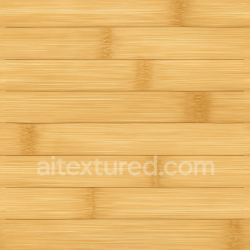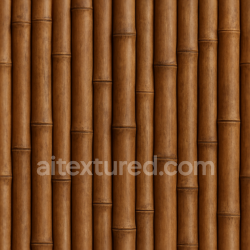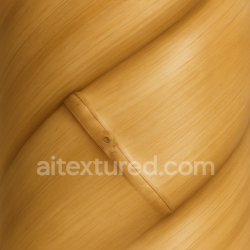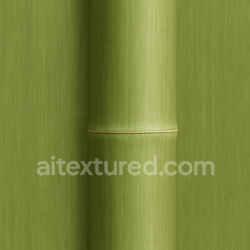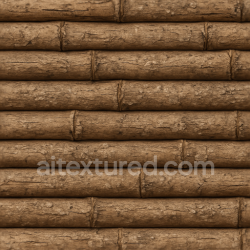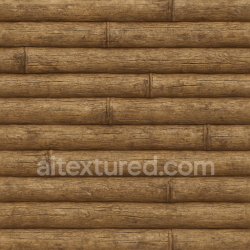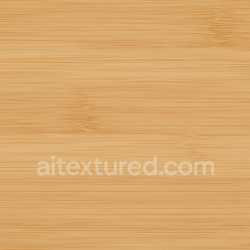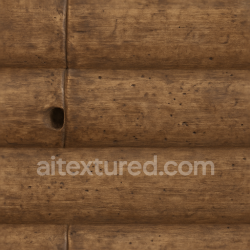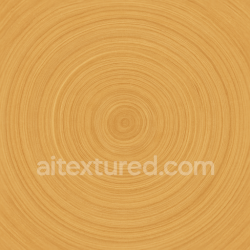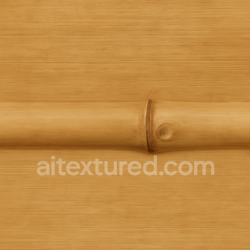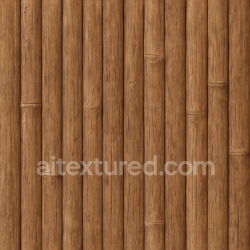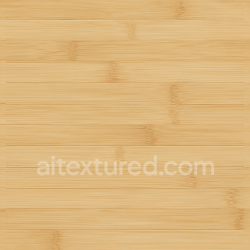Wood Seamless Textures – Complete PBR Guide for 3D, Architecture and Games
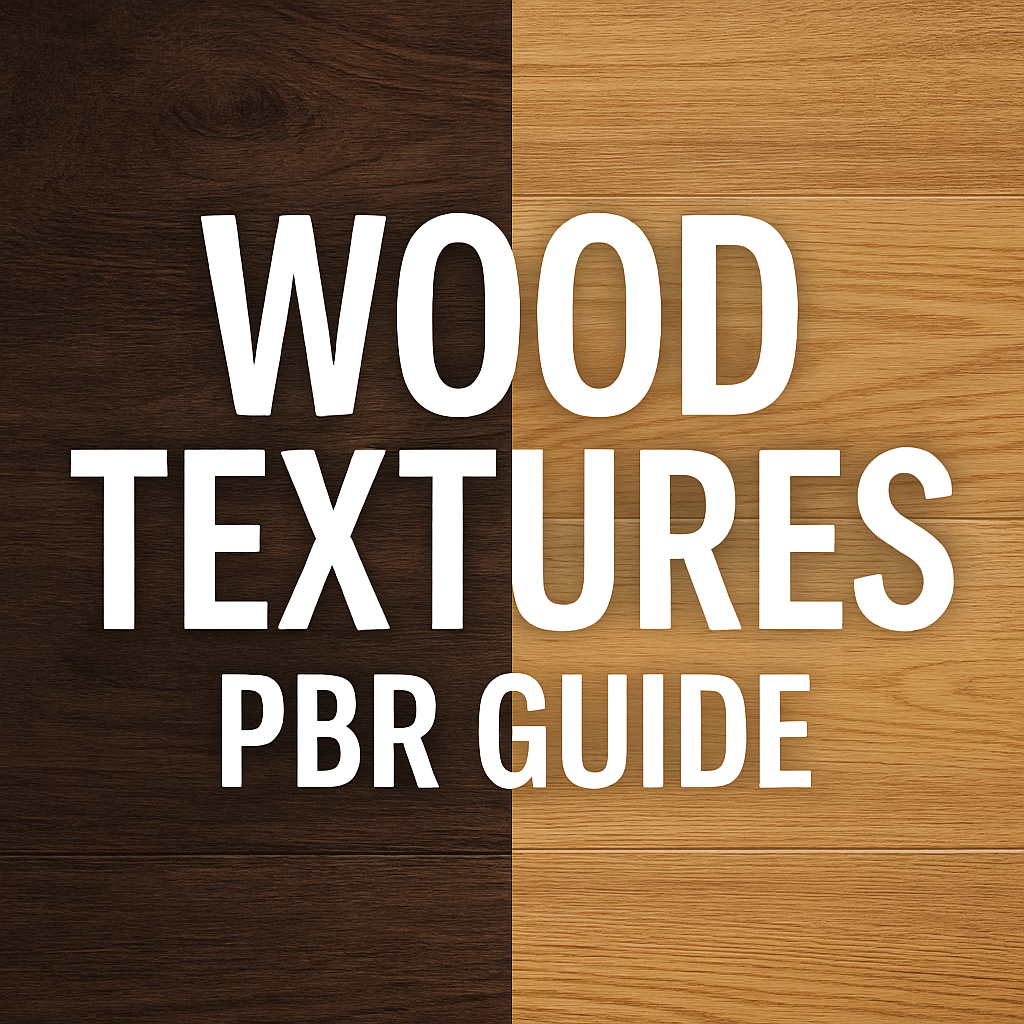
Wood Textures are one of the most timeless and versatile categories in digital design. Wood has been used by humans for thousands of years in construction, furniture, decoration, and art. In the world of 3D, seamless PBR wood textures allow artists to bring that same natural authenticity into digital environments. On AITEXTURED.com you will find hundreds of free seamless wood materials ready for Blender, Unreal Engine, Unity, 3ds Max, Maya, Cinema 4D, and other platforms.
🌳 Why Wood Textures Are Essential
Unlike synthetic materials, wood surfaces are full of variation. Every plank carries unique grain, knots, and imperfections. This variety makes wood an ideal material to convey realism in 3D. Whether you are designing a cozy interior with parquet flooring, a medieval tavern with rough planks, or a modern office with polished furniture, seamless wood textures provide the foundation of natural design.
📜 A Brief History of Wood in Architecture and Design
From the earliest huts and boats to today’s skyscrapers and high-tech interiors, wood has always been present. Ancient cultures used oak and pine for houses and temples. In the Middle Ages, timber frames dominated construction. Today, architects combine wood with glass and concrete to create sustainable and elegant spaces. In 3D visualization, this historical context is re-created with digital wood textures that echo the richness of real materials.
🪵 Types of Wood Textures
Seamless wood textures can be grouped into multiple categories, each serving different purposes:
- Polished Parquet: perfect for luxury interiors, apartments, and office spaces. See also Parquet Textures.
- Rustic Planks: rough, uneven boards ideal for barns, medieval houses, or rural environments.
- Weathered Timber: aged surfaces with cracks and stains, suited for post-apocalyptic games or survival settings.
- Exotic Woods: mahogany, teak, ebony, and bamboo for premium renders and high-end design.
- Decorative Veneers: stylized wood for furniture, interior panels, and product design.
- Dark & Light Variants: wide tonal range for maximum flexibility in mood and style.
💡 Applications of Wood Textures
Game Development
Games use wood textures extensively. They appear on taverns in RPGs, furniture in survival games, props in shooters, and even fantasy artifacts. Combining wood with metal or rust creates authentic assets like swords, shields, and weathered crates.
Architectural Visualization
In archviz, wood defines atmosphere. Smooth parquet floors create elegance, rough beams add rustic charm, and modern furniture combines wood with glass and metal for contrast. Designers rely on wood to evoke warmth and sustainability in both residential and commercial projects.
VFX & Animation
Films and animation use seamless wood textures for storytelling. From Viking ships and medieval castles to cozy kitchens and futuristic eco-houses, wood contributes to the believability of sets. Seamless tiling ensures these surfaces scale across props and environments without visible repetition.
📐 Technical Features of Wood Textures
All textures in the Wood category are prepared in high-resolution (1K, 2K, 4K). They include full PBR support:
- Albedo: natural wood grain colors.
- Normal Map: grooves, scratches, and carvings.
- Roughness: glossy polished finish or matte rustic wood.
- Displacement: realistic 3D height for cracks and uneven planks.
🚧 Common Mistakes with Wood Textures
- Repeating visible patterns – avoid by blending multiple maps.
- Ignoring scale – planks too small or too large break realism.
- Over-polishing – even luxury wood has slight imperfections.
- Flat materials – always use roughness and normal maps, not only albedo.
🌍 Combining Wood with Other Materials
Wood is rarely used alone; its beauty comes from contrast:
- Metal – industrial props, modern furniture, weapons.
- Stone – rustic bridges, medieval castles, outdoor paths.
- Glass – modern interiors with transparency and contrast.
- Rust – aged barns and survival props.
- Concrete – contemporary offices and eco-design.
🔬 Advanced Workflow with Wood Textures
Professional 3D artists often enhance wood textures with additional techniques:
- Decals: scratches, stains, paint, or graffiti applied on top of wood.
- Procedural Shaders: blending seamless textures with noise for variety.
- Channel Packing: optimize performance by combining maps.
- Detail Textures: add micro-details at close camera range.
📊 Optimization Tips
Since wood often covers large areas, optimization is key:
- Use 4K maps only for hero assets (tables, floors in close-ups).
- Apply 1K–2K for walls and background objects.
- Enable mipmaps to prevent shimmering in games.
- Use tiled UVs for large surfaces to save memory.
🌲 Realistic Variations of Wood
Different species of wood bring different moods:
- Oak: heavy and durable, classic for furniture.
- Pine: lighter, rustic planks and outdoor props.
- Mahogany: deep red exotic wood for luxury interiors.
- Bamboo: eco-friendly material for modern design.
- Walnut: rich brown for premium furniture and floors.
🔮 Future of Wood Textures
The future of seamless wood textures lies in AI and procedural tools. Machine learning can generate infinite variations of natural grain without repetition. Procedural shaders allow artists to change wood color, age, and finish dynamically. With real-time engines evolving, textures will adapt to lighting and environment, making digital wood indistinguishable from reality.
✅ Conclusion
The Wood Textures section at AITEXTURED offers one of the most diverse and useful libraries of seamless PBR materials. With hundreds of options covering polished parquet, rustic planks, weathered timber, and exotic woods, artists can build environments that are warm, authentic, and immersive. Whether you work in games, architecture, VFX, or product design, wood textures remain essential. Download them for free and enrich your projects with the timeless beauty of natural materials.
